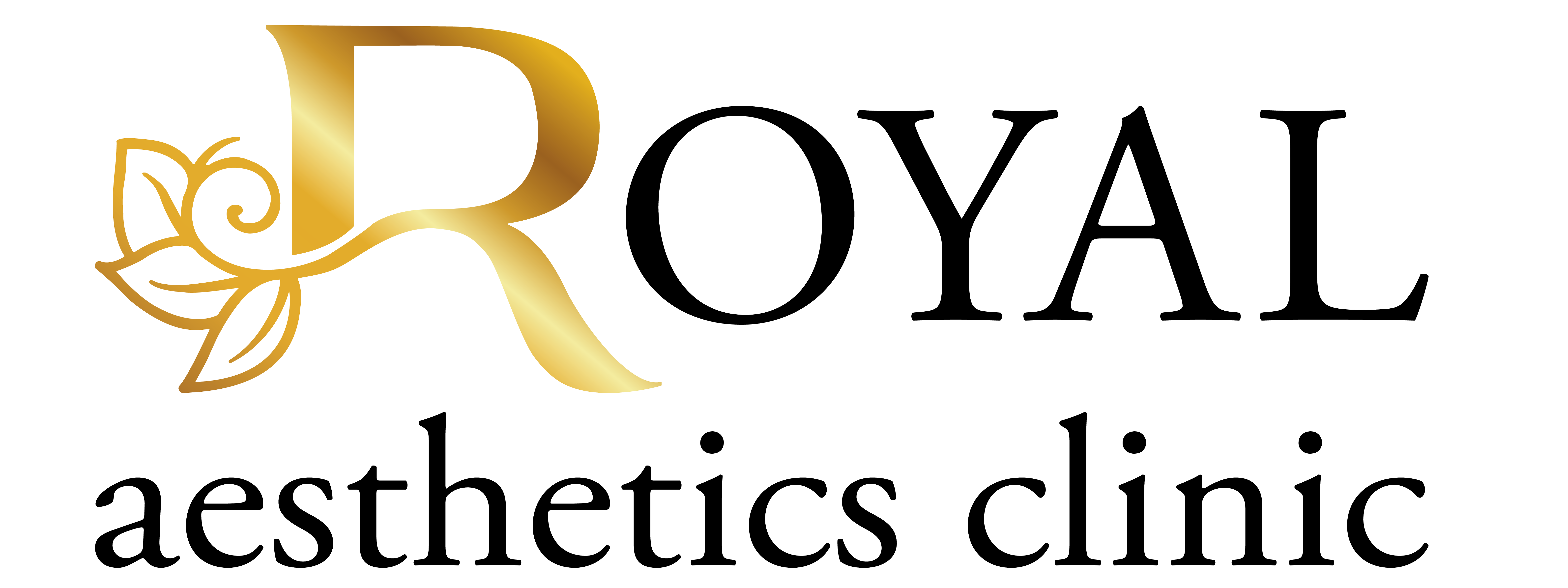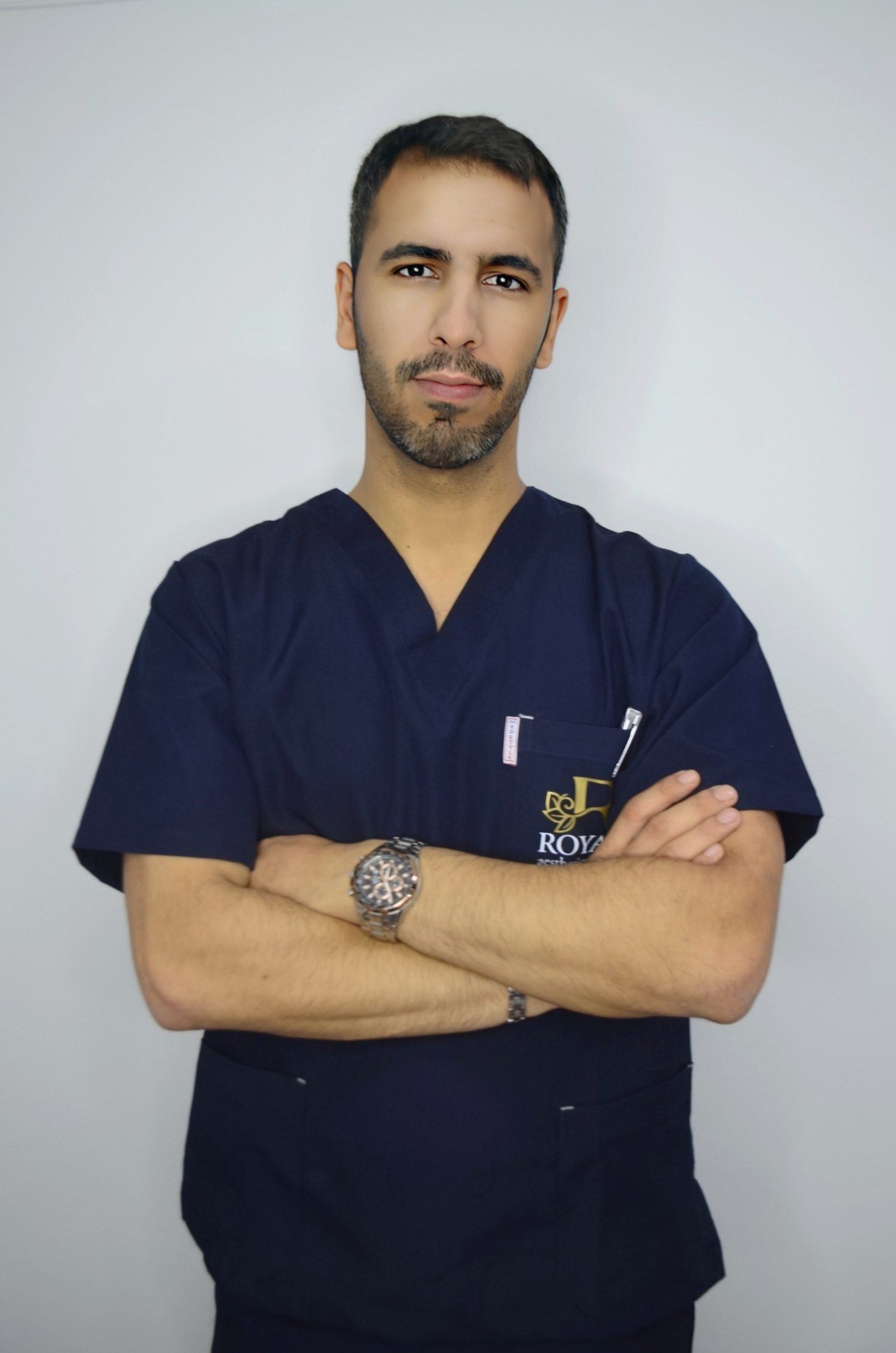Advanced Nose Filler Master Course
Course Overview
The Advanced Nose Filler Master Course is designed for experienced practitioners who want to master non-surgical rhinoplasty using dermal fillers. This advanced course focuses on refining skills in nose contouring, understanding the anatomy of the nose, and performing safe and effective nose filler injections using both needle and cannula techniques. Emphasis will be placed on managing complex cases and achieving natural, harmonious results.
Course Duration
-
-
- Theory: 1 Day (In-class or Online)
- Practical: 2 Days (Hands-on Training)
-
Learning Objectives
By the end of this course, participants will:
-
-
- Gain a deep understanding of nasal anatomy and its implications for filler placement.
- Master the use of both needle and cannula techniques for nose filler injections.
- Learn advanced techniques for correcting asymmetry and imperfections.
- Understand how to prevent and manage complications such as vascular occlusion.
- Learn strategies for patient consultation and treatment planning for non-surgical rhinoplasty.
-
Course Content
Module 1: Introduction to Non-Surgical Rhinoplasty
-
-
- Overview of non-surgical rhinoplasty and its growing popularity
- Comparison between surgical and non-surgical rhinoplasty
- Indications for nose filler treatment
- Understanding the limitations and expected outcomes of nose filler procedures
-
Module 2: Nasal Anatomy and Aesthetics
-
-
- Key anatomical structures of the nose:
- Nasal bones
- Cartilage structure (upper lateral, lower lateral, septum)
- Vascular supply and nerves
- Understanding the ideal nasal proportions for different ethnicities
- Aesthetic goals for non-surgical rhinoplasty (creating balance with other facial features)
- Recognizing the risks of vascular compromise and how to avoid critical danger zones
- Key anatomical structures of the nose:
-
Module 3: Injection Techniques for Non-Surgical Rhinoplasty
-
-
- Needle vs. Cannula Technique
- Pros and cons of needle and cannula methods
- Cannula technique for safer injections in high-risk areas
- Needle technique for precise contouring
- Injection depth, product placement, and proper angles
- Techniques for building nasal height, correcting asymmetry, and refining the nasal tip
- Combining techniques for optimal results in dorsal augmentation, tip refinement, and sidewall shaping
- Needle vs. Cannula Technique
-
Module 4: Non-Surgical Solutions for Common Nasal Concerns
-
-
- Dorsal Hump Camouflage
- Techniques for smoothing out or reducing the appearance of a dorsal hump
- Product selection and placement for camouflaging imperfections
- Tip Projection and Elevation
- Techniques for creating nasal tip projection and lifting the tip
- Proper placement of filler for a more defined tip without overcorrection
- Bridge Enhancement
- Techniques for building nasal bridge height
- Avoiding vascular complications and achieving a natural result
- Crooked Nose Correction
- Strategies for correcting mild asymmetries and deviations
- Product placement and safety considerations
- Dorsal Hump Camouflage
-
Module 5: Managing Complications in Non-Surgical Rhinoplasty
-
-
- Vascular Occlusion
- Recognizing the signs of vascular occlusion and immediate treatment
- Use of hyaluronidase for dissolving filler in emergencies
- Managing Bruising, Swelling, and Infection
- Post-treatment care and protocols for reducing downtime
- Techniques for minimizing bruising and swelling
- Addressing Filler Migration or Overcorrection
- Techniques for dealing with migration or excess filler
- Preventing unnatural results and ensuring a smooth contour
- Vascular Occlusion
-
Module 6: Product Selection and Injection Materials
-
-
- Types of fillers for non-surgical rhinoplasty
- Hyaluronic acid fillers vs. other materials (e.g., calcium hydroxylapatite)
- Factors in choosing the right filler based on patient anatomy and desired outcome
- Understanding filler properties (viscosity, elasticity, etc.) and their impact on the final result
- Managing the longevity of results: how long different fillers last and when touch-ups are needed
- Types of fillers for non-surgical rhinoplasty
-
Module 7: Consultation and Treatment Planning
-
-
- Patient Selection
- Assessing which patients are suitable for non-surgical rhinoplasty
- Setting realistic expectations with patients
- Pre-Treatment Consultation
- Understanding patient goals and addressing aesthetic concerns
- Legal and ethical considerations, including informed consent
- Treatment Planning
- Developing a customized treatment plan based on the patient’s nasal anatomy and aesthetic goals
- How to approach patients with previous surgical rhinoplasty or filler treatments
- Patient Selection
-
Module 8: Hands-On Practical Training
-
-
- Day 1: Dorsal Hump Camouflage and Bridge Enhancement
- Practical training focused on correcting dorsal humps and enhancing nasal bridges
- Day 2: Tip Projection, Nasal Contour Refinement, and Complex Cases
- Hands-on sessions focusing on nasal tip projection, creating symmetry, and treating complex cases with combined needle and cannula techniques
- Day 1: Dorsal Hump Camouflage and Bridge Enhancement
-
Module 9: Advanced Techniques for Complex Cases
-
-
- Treating patients with previous surgical rhinoplasty
- Addressing complications such as scarring or septal deviations
- Managing asymmetry and creating balance with other facial features
- Revising poorly performed non-surgical rhinoplasty procedures
-
Module 10: Business and Marketing for Non-Surgical Rhinoplasty
-
-
- How to market non-surgical rhinoplasty services effectively
- Managing pricing and consultation fees
- Promoting natural results through patient testimonials and social media
- Ethical considerations and ensuring patient satisfaction
- Client retention strategies for follow-up treatments
-
Assessment and Certification
Participants will be assessed based on:
-
-
-
- Theoretical knowledge through a written test.
- Practical skills through hands-on assessments.
- After successful completion, participants will receive a certification in Advanced Non-Surgical Rhinoplasty Procedures.
-
-


